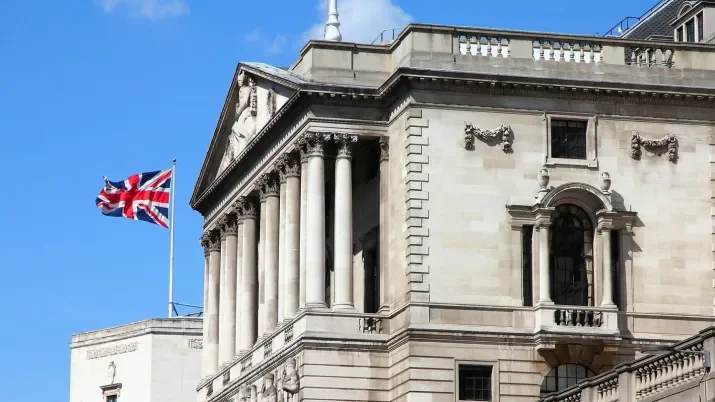Managing the downturn
As 2021 wore on we became increasingly concerned that the disconnect between asset prices, economic fundamentals and monetary policy was becoming more acute. It thus comes as little surprise to us that we have seen an abrupt change in this dynamic in the early weeks of 2022, with asset prices re-adjusting to the more hawkish stance of the major central banks.
With the latest consumer price inflation (CPI) data from the US showing an eye-watering 7.5% year-on-year for January, the pressure is on the Fed to be far more proactive and the market expectation is now for a minimum of five interest rate hikes this year (starting at the March 15-16 meeting), in addition to a more rapid winding down of its asset purchase program. The Bank of England hiked a further 25bp as expected last week, but with four out of nine committee members voting for a 50bp hike markets have been adjusting to this more hawkish stance , while earlier this week the European Central Bank president, Christine Lagarde, was clear that “inflation risks are now tilted to the upside”. It is fair to say Inflation is no longer viewed as a transitional factor.
How can bond investors respond to these tricky times? In our view one obvious starting point is a meaningful reduction in a portfolio’s duration sensitivity, and another is a meaningful liquidity position to enable opportunistic sourcing of assets when price dips do occur (as we would expect this year during periods of volatility). From a credit perspective, we think moving down the ratings spectrum can be embraced given very low default rates and positive ratings migration, but we would want to balance this embracing of higher beta credit by focusing attention at the shorter end of the curve, where roll-down and pull-to-par can help mitigate interim periods of market volatility.
We are also encouraged by the adjustment in asset prices we have seen so far year-to-date, with the main high yield indices down 2-3% and prices in bank capital bonds dropping 5-10 points from the tights seen late last year. It is of course very challenging to predict whether there will be further erosion in asset prices; a lot will depend on markets’ perception of how the central banks perform from now on, and we could well see the uncertainty and higher volatility continue into the next round of central bank meetings. However, we think the recent moves have created a more attractive level to selectively add to favoured credits, thereby improving bond portfolio metrics over the medium term. Picking the outright bottom of the market in a transition period such as this is virtually impossible, so deploying some portfolio liquidity when the market has dipped does seem to us to be a sensible approach.
This becomes an easier decision for investors when some of the bonds they will be looking at have experienced significant moves. For example the leading Italian lender, UniCredit, has seen the price of its 4.45% AT1 bonds decline by 10 points since the start of the year, resulting in an available yield of just over 6%, a sizeable increase of 210bp. A number of times in the past we have spoken about the balance sheet strength of Coventry Building Society, but in 2021 its bonds looked very tight on a relative basis. However, since the start of the year Coventry’s 6.875% AT1 bonds have seen a 4 point decline in price, a 160bp increase in yield.
With the uncertainty surrounding inflation and subsequent central bank policy, the market will almost certainly experience additional challenges and further periods of volatility. Our main concerns are still around a policy error from the central banks and whether they can achieve that very tough goal of a soft landing. The recent flattening of government bond yield curves suggests this worry is real. Thursday’s US inflation print was again ahead of market estimates and will surely have worried the Fed further, and yet it continues with daily bond purchases. This is definitely a worry in our minds and suggests clearly that the Fed is still too complacent on its inflation outlook. The UK faces the added challenge of tax rises in April, and cost of living increases that are certain to impact the consumer and have a knock-on impact on the wider economy. This is going to take some finely balanced policy action and rhetoric from the central banks, but the economy does at least remain in decent shape, as does the banking sector, which is critical to maintaining the transmission mechanism.
A lot of bad news is already reflected in the bond market in our view, but the base case must be for a volatile year; in response we believe a selective and disciplined portfolio allocation is essential. Avoiding government bond curves, focusing on short dated higher yielding credit and maintaining ample liquidity should mean investors can look forward to more attractive income for longer.



